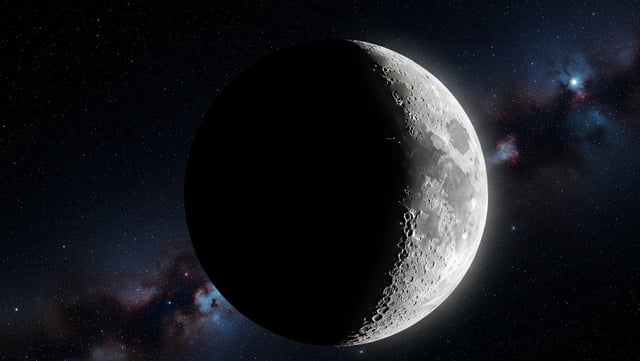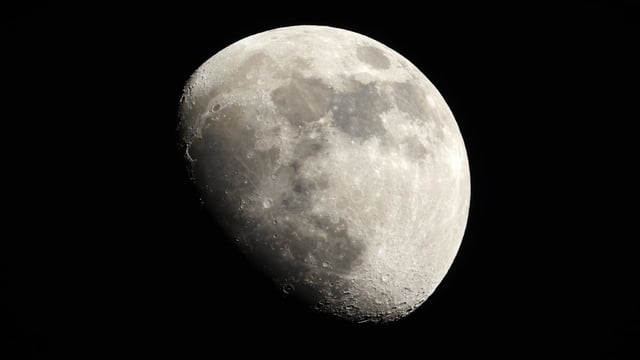Overview
- Mercury reaches greatest western elongation on August 19, becoming briefly visible just above the eastern horizon shortly before sunrise.
- Venus and Jupiter shine prominently in Gemini, with Saturn sitting higher and also visible to the naked eye.
- The Moon appears as a thin waxing crescent and passes close to Venus on August 19–20 in a near-approach rather than a formal conjunction.
- Best viewing calls for waking early, finding a dark site with an unobstructed east, letting eyes adapt, and relying on unaided vision or sky apps for guidance.
- Lingering Perseid meteors may still streak the pre-dawn sky, adding occasional flashes to the planetary lineup.



